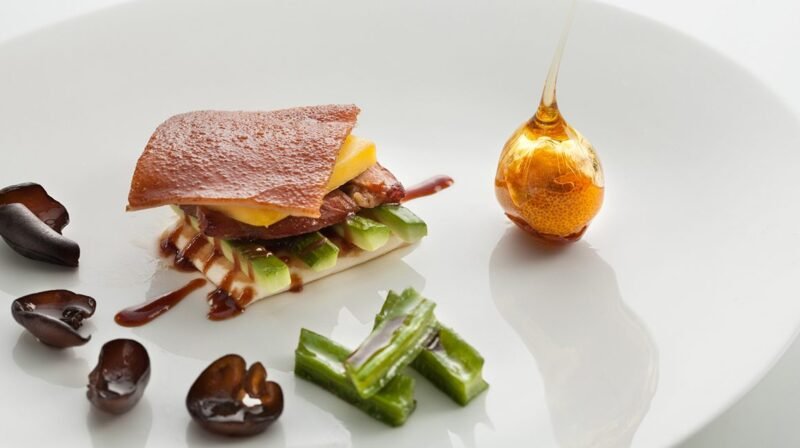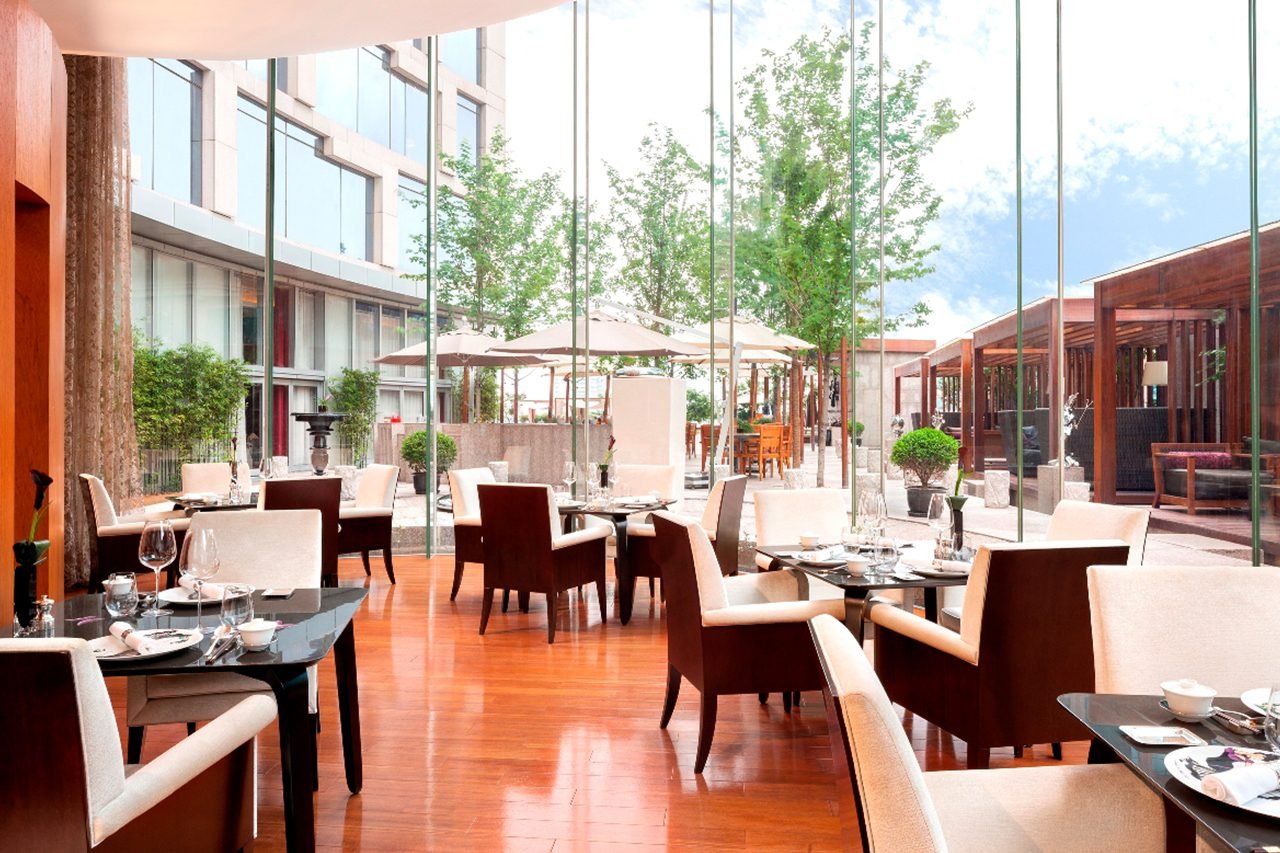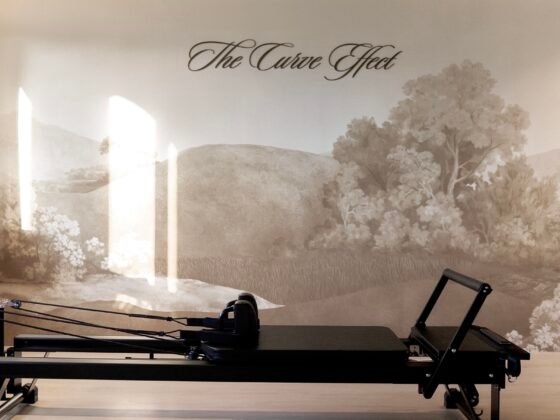Chef Alan Sun, a native of Hong Kong, draws on more than three decades of culinary experience as he steers T’ang Court at The Langham, Shanghai, Xintiandi, a two Michelin starred restaurant that has won numerous international culinary awards over the years.
Chef Alan began his career in a Chinese kitchen at the tender age of 15 and toiled his way up the ranks to become a chef in such respected Hong Kong establishments as Maxim’s Catering Limited, Lei Garden Restaurant, and Harbour Plaza Hotel. In 2003, Chef Sun joined the renowned contemporary Cantonese restaurant Ming Court located in Hong Kong’s five-star Cordis Hotel, where he assisted the Chinese Executive Chef in setting up its operations.
In 2005, Chef Sun took the bold step of moving to Mainland China to further advance his career. He served as the Chinese Executive Chef with internationally renowned five-star hotels Shangri-la Ningbo and Intercontinental Fuzhou. Chef Sun hosted Chinese dinners and banquets for several dignitaries and celebrities, which led to his culinary skills receiving high praise recognition. In 2010, he was sent to Moët et Chandon Champagne Cellars in France for the Wine and Dine Congress attended by some of the world’s most famous chefs.
We had a chance to interview Chef Alan Sun to know in depth about him and the cuisine Cantonese that he specializes in.
From working in Chinese kitchens since the age of 15 to becoming the Executive Chef at the Michelin-starred T’ang Court at The Langham, what has your journey been like?
As a teenager, I worked in the Chinese kitchen to make a living, but as time went by, I developed a keen interest in Chinese cooking. When I became mature, I put more and more focus on developing my Chinese culinary skills, as it was rewarding to witness the joy of my guests when they enjoyed my cooking. The appreciation of guests and their positive response on my dishes is the most important for me. I treasure their comments and always strive to make improvements accordingly. It is the dream of every chef to attain Michelin Stars and I am really thrilled to have attained Two Stars awarded by Shanghai Michelin Guide 2019. The kitchen has become the core part of my life, I shall continue to devote myself to perfect my culinary skills.
How is Cantonese cuisine different from other Chinese cuisines?
Cantonese cuisine always puts focus on the original taste; all cooking techniques are to bring out the authentic flavours of the food itself. Instead of masking the key produce with heavy sauces or spices, patrons expect to enjoy the genuine flavours of the food when they have Cantonese cuisine.
What are the spices traditionally used to prepare Cantonese food?
Cantonese food rarely applies heavy spices or spices at all for seasoning. As I’ve mentioned, the essence of Cantonese food is about the original flavours of the ingredients. Having said that, Chiu Chow cuisine, which is also a type of Cantonese food, does pair with some kind of special spices. E.g. for Stewed Beef Brisket, you have to use Sichuan Pepper and Anise to cook the meat, and for the Marinated Goose and Tofu, chefs have to use brine.
How do you source the ingredients? Are they readily available?
I visit the wholesale food market and wet market very often. From there I can source fresh and seasonal seafood, fungus, vegetables and more. It is important for a Chinese chef to get fresh seasonal ingredients to cook. E.g. in March and April, the Bamboo Shoot tastes the best, in April, fungus or mushrooms are also at their peak and are delicious. October is the best time to enjoy Portunid (a type of crab).
What is the style of cooking followed when making Cantonese food?
The essence of Cantonese cuisine is all about the original flavours. There are different ways of cooking like steaming, stewing or stir-frying. Nothing should be overdone, and the control of the temperature is the critical success factor. E.g. when one stir fries a dish, it must be with appropriate “Wok Hei” (wok temperature) and the food will be fragrant and appetizing.
If you had to share one cooking tip with us, what would that be?
The ingredients must be fresh, and one must understand thoroughly its nature in order to prepare it in the right cooking method.
What is your go-to Cantonese food?
Whenever I am back in Hong Kong, I visit Ming Court at Cordis Hong Kong to enjoy their stir-fried dishes. I am emotionally attached to the restaurant as I’ve worked there and opened the restaurant years ago.
Which is that one Cantonese food that we must try making ourselves, and would you please share the recipe with our readers?
Readers can try to make my signature dish of Braised Red Lobster with Steamed Egg White and Minced Sea Urchin. This dish brings out the original flavours of the key ingredients and can be regarded as an example of an iconic Cantonese cuisine.
- Prepare a rich and fragrant chicken stock – which is fresh chicken soup cooked for about 8 hours
- Apply the chicken stock to a 300gm Australian lobster
- Steam the egg white with minced urchin (one piece) for three to four minutes
- Then place the lobster on the egg white and pour the chicken stock over it
















